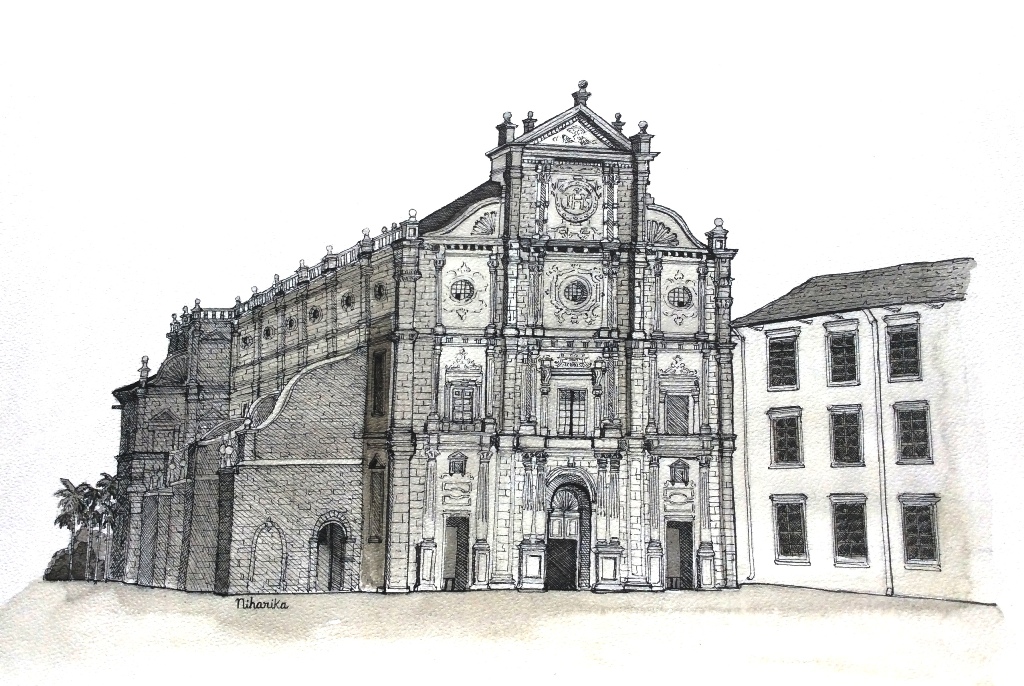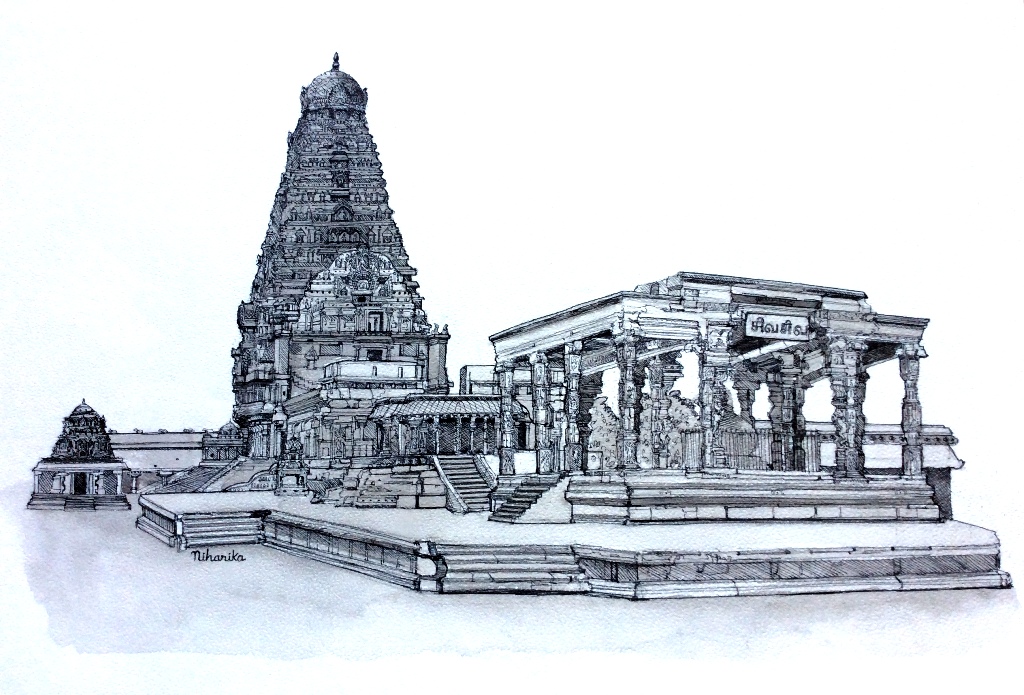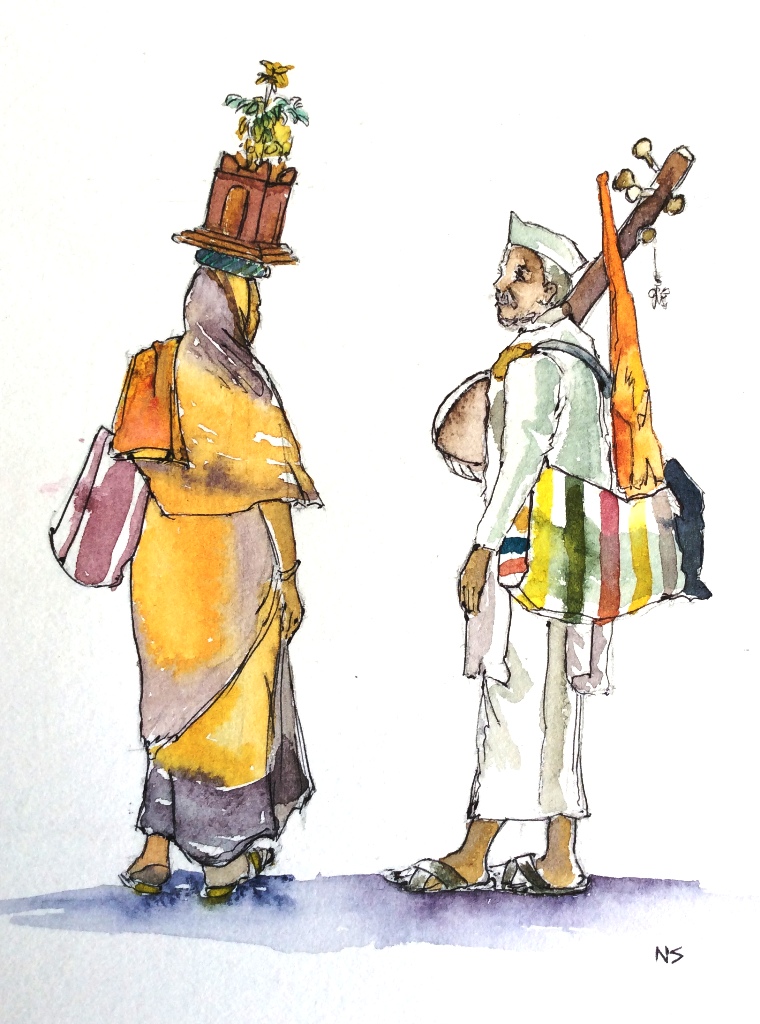The Basilica of Bom Jesus, Old Goa
 |
| Illustration of the Basilica of Bom Jesus, Old Goa |
"Bom Jesus is to Velha Goa what the Taj Mahal is to Agra."
- Manohar Malgonkar, Inside Goa
Every tourist in Goa makes a bee line to the beautiful Basilica of Bom Jesus in Velha Goa, the part of Goa that looks familiar and exotic at the same time, depending on who you are.
To a European, the churches and convents must look familiar, and to an Indian, the coastal country, with its hills,beaches, lush coconut and palm trees must look ordinary, the same land that is attracting Europeans in hordes because it is so exotic! Everything,then, seems to boil down to relativity.
The Bom Jesus Basilica is of religious significance - it preserves the body of St.Francis Xavier, the missionary who changed the course of history and whose travels had far reaching implications in the countries he visited. He was one of the founders of the Society of Jesus ( The Jesuits) along with another important theologian, Ignatius of Loyola.
The Basilica of Bom Jesus is also iconic for its Baroque architecture.Baroque is a branch of the late Renaissance. The carvings in the facade, the use of architectural principles to lead the eye towards the focal point - all were an offshoot of the later renaissance movement.
When I went there, I was amazed at how different it looked from most other churches in Old Goa. For one thing, it is a red stone building. But it wasn't always that way. I listened in to a talk by Tahir Noronha about Old Goa, where he spoke of how the basilica was deliberately de-plastered in the 1950s when Antonio De Oliveira Salazar, the Prime Minister of Portugal turned his focus on revitalizing old Goa - his logic - to instill a sense of pride in Portuguese Goa to counter the demands made by newly independent India to quit Goa.
The idea was to show how the church was unique to Goa by a synthesis of European renaissance and local materials. In a way that makes sense. Stripped of the plaster, the exposed laterite facade blends in with the colors around it. Laterite is the local stone.There were also local craftsmen working on the interiors of the Basilica. The goldsmiths - the sonars fashioned beautiful details on the silver casket in which St.Francis Xavier's remains are kept. ( With references from Tahir Noronha's talk, The Balcao and Manohar Malgonkar's fantastic book ' Inside Goa')
So much about architecture is identity. Let's remember that the next time we are holidaying somewhere and chance upon a monument and spare a thought about its role in history.
Read about the first monument covered in this series - The Se Cathedral
All posts related to Goa -



Comments
Post a Comment